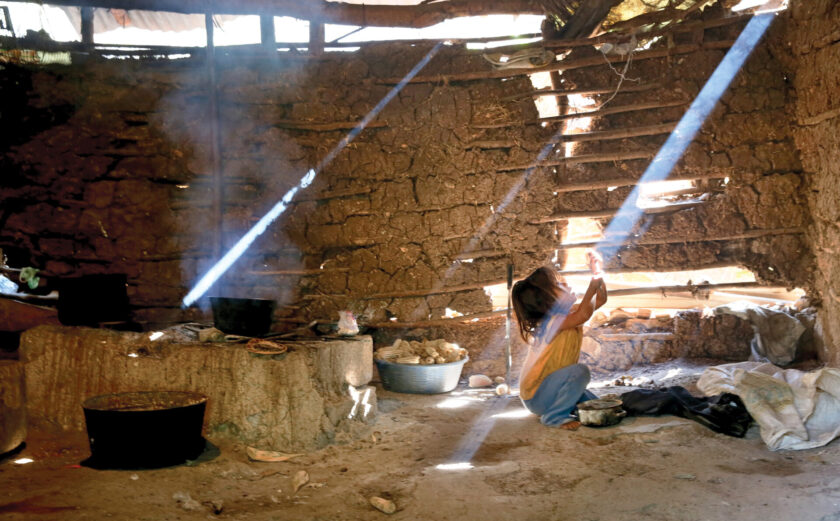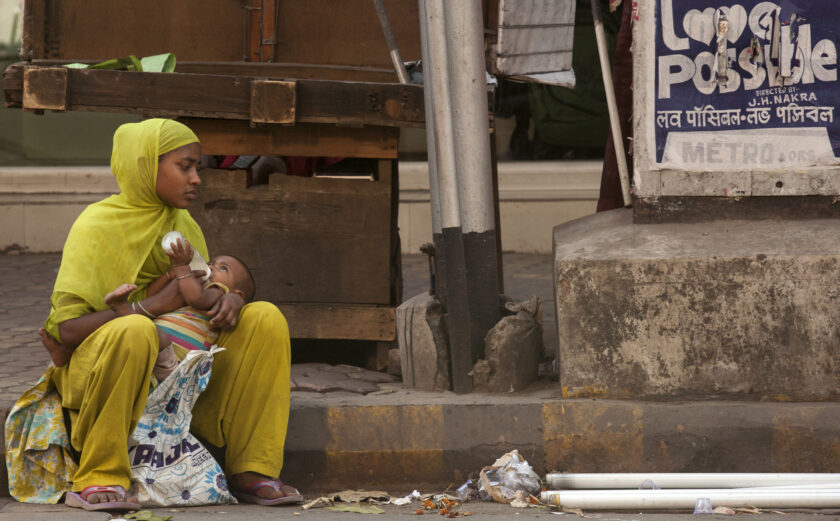
The Linkages Between Human Mobility and Climate Change are Growing
Why Aren’t Policymakers Acting on Them?
In an increasingly interconnected world, the ability to move freely within one’s country or across borders is often determined by statuses and group identities beyond an individual’s control.
Hardened national borders, xenophobic attitudes, and disjointed national and global policy frameworks create friction for those moving for economic opportunities, fleeing violence, or facing no meaningful alternative due to climate change. At the same time, the impacts of climate change are hastening forced displacement and people on the move often face protection needs that are not afforded by these statuses and group identities.
The need is clear for governments to enhance cooperation and replace policies that externalize borders with approaches prioritizing the protection, safety, and human rights of people on the move.
Last week, I had the privilege of representing InterAction within the annual Civil Society 7 (C7) process. This formal avenue allows civil society organizations worldwide to raise awareness of issues and make recommendations to Group of Seven (G7) policymakers, culminating in a C7 Summit at the Food and Agriculture Organization’s (FAO) headquarters in Rome, Italy. Since its inception in 1975, the G7—currently comprising Canada, France, Germany, Italy, Japan, the United Kingdom, and the United States—has worked cooperatively on shared global policy priorities.
I co-coordinated the C7 Working Group on Human Mobility, which produced policy recommendations addressing forced displacement and migration. The group’s efforts emphasized the importance of valuing and cultivating the positive aspects of migration to reduce vulnerabilities and unlock benefits for societies and economies across the globe. A lively panel discussion at the C7 Summit with representatives from FAO, the International Organization for Migration, AVSI Foundation, YOUNGO Climate Migration Working Group, and Migrant Forum in Asia highlighted the linkages between climate change and human mobility.
Here are my takeaways:
- The cost of inaction for G7 governments and individuals living in climate vulnerable regions is too high. Missed opportunities to facilitate human mobility through cooperation create generational costs that are not easily overcome, whereas proactive efforts can prevent humanitarian needs and unlock economic and social benefits for societies of sending and host countries.
- Policymakers must treat migration as a valid climate adaptation strategy. The ability to relocate when climate impacts become overwhelming is essential. In 2022 alone, over 32 million people were uprooted within their borders due to climate-related floods, fires, and slow-onset droughts.
- Climate change impacts are systemic and affect all stages of life. They can keep children out of school, either to support families struggling with agricultural production or due to disruptions when families must move. Meanwhile, education is essential to teach the next generation tools to mitigate and adapt to new climate realities.
- Smallholder farmers, who produce more than 50% of the world’s food, are dependent on weather for their livelihoods and are predominantly located in climate-vulnerable areas.
- Conflict is the strongest driver of hunger globally today—and climate is a driver of conflict. More attention should focus on the linkages between food security, climate change, and displacement which are likely to deepen in the near term.
Policymakers must treat human mobility as an essential right, benefiting societies and economies in origin, transit, and destination countries, whatever its impetus. Policymakers and civil society actors both have a role to play connecting global mechanisms and national policies to ensure climate change responses—such as the promotion of labor migration, planned relocation, and climate adaptation—prioritize the safety, wellbeing, and decision-making of those affected. G7 governments know this; now is the time for action.








